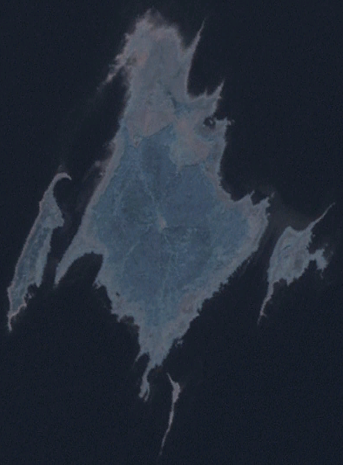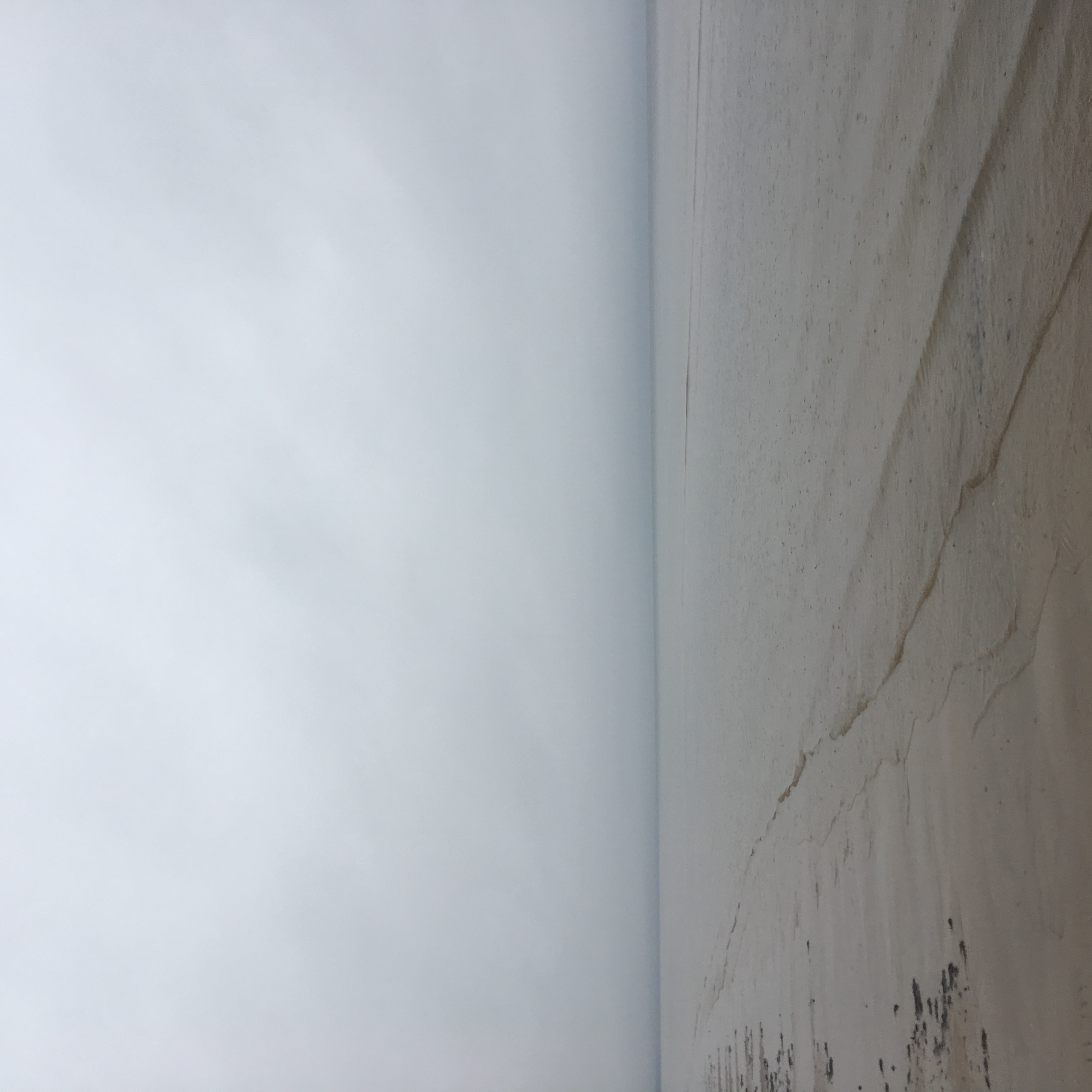|
Vahase
Vahase is a Estonian islet in the Gulf of Riga. It is located about west of the island of Abruka. Administratively Vahase belongs to the Abruka village in Lääne-Saare Parish, Saare County. Vahase arose from the sea about thousand years ago. The island has a tiny forest with junipers, oaks, and pines. Because of shallow water Vahase is accessible from Abruka by foot. There is only one farmstead on the island. Writer Albert Uustulnd has described Vahase in his novel ''Tuulte tallermaa''. See also *List of islands of Estonia This is an incomplete list of islands of Estonia. There are 2355 islands in total. Largest islands Incomplete list See also *List of islands in the Baltic Sea *List of islands Notes References {{Authority control Islands of E ... References Uninhabited islands of Estonia Saaremaa Parish Estonian islands in the Baltic {{saare-geo-stub ... [...More Info...] [...Related Items...] OR: [Wikipedia] [Google] [Baidu] |
Abruka OnEarth WMS
Abruka () is a village in Estonia, primarily composed of the island of Abruka in the Gulf of Riga, 4 km south of the island of Saaremaa. The village includes the smaller adjacent islands of Vahase, Kasselaid, Linnusitamaa and Kirjurahu, resulting in a total area of . Abruka is part of Saaremaa Parish, Saare County. (retrieved 28 July 2021) The village has a population of 33 (as of 1 January 2011). The first records about the population on Abruka originate from the Middle Ages, when the area was ruled by the Prussian State of the Teutonic Order; the Bishop of Ösel-Wiek founded a horse breeding manor on the largest island, named Abro in the Teutonic Order's Low German language. Permanent population developed in the 18th century. From 1881–1972, an elementary school operated on Abruka. Abruka is the site of a Central European-type broadleaf forest, which is rare in the region. To protect this a nature reserve was created in 1937. There's a library (located in the harbour ... [...More Info...] [...Related Items...] OR: [Wikipedia] [Google] [Baidu] |
List Of Islands Of Estonia
This is an incomplete list of islands of Estonia. There are 2355 islands in total. Largest islands Incomplete list See also *List of islands in the Baltic Sea *List of islands Notes References {{Authority control Islands of Estonia, Lists of islands by country, Estonia Lists of landforms of Estonia, Islands ... [...More Info...] [...Related Items...] OR: [Wikipedia] [Google] [Baidu] |
West Estonian Archipelago
The West Estonian archipelago (, also Moonsund archipelago) is a group of Estonian islands located in the Baltic Sea around Väinameri. The total area is about . The archipelago is composed of the islands Saaremaa, Hiiumaa, Muhu, Vormsi and about 900 other smaller islands. Retrieved 27 January 2023 The archipelago is separated from the Estonian mainland by the Väinameri Sea. Protected areas established the[...More Info...] [...Related Items...] OR: [Wikipedia] [Google] [Baidu] |
Gulf Of Riga
The Gulf of Riga, Bay of Riga, or Gulf of Livonia (, , ) is a bay of the Baltic Sea between Latvia and Estonia. The island of Saaremaa (Estonia) partially separates it from the rest of the Baltic Sea. The main connection between the gulf and the Baltic Sea is the Irbe Strait. The Gulf of Riga, as a sub-basin of the Baltic, also includes the Väinameri Sea in the West Estonian archipelago. Geography Extent The International Hydrographic Organization defines the Gulf of Riga's western limit as "A line running from Lyser Ort (57°34'N), in Latvia, to the South extreme of Saaremaa, through this island to Pammana (22°34'E), thence to Emmaste Point, the S extreme of Hiiumaa, through Hiiumaa to Tahkuna Point, the North extreme thereof, and on to Spithamn Point in Estonia". Islands Major islands in the gulf include Saaremaa, Kihnu, and Ruhnu, which are all in Estonian territory. Kihnu covers an area of . Saaremaa island is responsible for the brackish water of the ... [...More Info...] [...Related Items...] OR: [Wikipedia] [Google] [Baidu] |
Counties Of Estonia
The counties of Estonia () are the state administrative subdivisions of Estonia. Estonian territory is composed of 15 counties, including 13 on the mainland and 2 on islands. County governments () were abolished at the end of 2017, with their duties split between state authorities and local governments, and nowadays counties have no noteworthy independent competences. Counties are composed of Municipalities of Estonia, municipalities of two types: urban municipalities or towns (), and rural municipalities or parishes (), which are by law required to cooperate in development of their county. List As of 2023, the sum total of the figures in the table below is 42,644 km2, of which the land area is 42,388 km2, so that 256 km2 of water is included in the figures. History In the first centuries AD, political and administrative subdivisions began to emerge in Estonia. Two larger subdivisions appeared: the parish (kihelkond) and the county (maakond). The parish consisted of ... [...More Info...] [...Related Items...] OR: [Wikipedia] [Google] [Baidu] |
Saare County
Saare County ( or ''Saaremaa''; ; ; ; ) is one of 15 counties of Estonia. It consists of Saaremaa, the largest island of Estonia, and several smaller islands near it, most notably Muhu, Ruhnu, Abruka and Vilsandi. The county borders Lääne County to the east, Hiiu County to the north, and Latvia to the south. In 2022, Saare County had a population of 31,292, which was 2.4% of the population of Estonia. Municipalities The county is subdivided into Municipalities of Estonia, municipalities. There are 3 rural municipalities ( – parishes) in Saare County. Geography The largest islands of the county are Saaremaa, Muhu, Ruhnu, Abruka and Vilsandi. Arable land is and it has a mild maritime climate. The mean annual air temperature is and the mean annual precipitation is . Religion The largest number of congregations in the county are of the Estonian Evangelical Lutheran Church (EELC) and there are 15 congregations in the county, which are administered by the EELC's Saarte ... [...More Info...] [...Related Items...] OR: [Wikipedia] [Google] [Baidu] |
Municipalities Of Estonia
A municipality (, plural ) is the smallest administrative subdivision of Estonia. Each municipality is a unit of self-government with its representative and executive bodies. The municipalities in Estonia cover the entire territory of the country. Municipalities in Estonia are of two types: *Urban municipalities or towns (, singular ) *Rural municipalities or Parish (administrative division), parishes (, singular ). There is no other status distinction between them. Municipalities may contain one or several Populated places in Estonia, settlements. All but 5 urban municipalities (Haapsalu (urban municipality), Haapsalu, Narva-Jõesuu (urban municipality), Narva-Jõesuu, Paide (urban municipality), Paide, Pärnu (urban municipality), Pärnu and Tartu (urban municipality), Tartu) plus 1 rural municipality (Ruhnu Parish, Ruhnu) contain only one settlement. As of 2017, there are no longer any "borough-parishes", i.e. rural municipalities with only one borough-type settlement. Ru ... [...More Info...] [...Related Items...] OR: [Wikipedia] [Google] [Baidu] |
Lääne-Saare Parish
Lääne-Saare Parish () was a rural Municipalities of Estonia, municipality of Estonia, in Saare County. It was located on the western part of Saaremaa island. The municipality has a population of ca 7,200 and an area of 807 km2. Lääne-Saare Parish was established by merging Kaarma Parish, Kaarma, Kärla Parish, Kärla and Lümanda Parish, Lümanda parishes on 12 December 2014. During the administrative-territorial reform in 2017, all 12 municipalities on the island Saaremaa were merged into a single municipality – Saaremaa Parish. Populated places Lääne-Saare Parish had 4 small boroughs (''alevik''): Aste, Estonia, Aste, Kudjape, Kärla and Nasva, Saare County, Nasva; and 111 villages. ;Villages Abruka - Anepesa - Anijala - Ansi, Estonia, Ansi - Arandi - Aste, Estonia (village), Aste - Asuküla - Atla, Saare County, Atla - Aula-Vintri - Austla - Eeriksaare - Eikla - Endla, Saare County, Endla - Haamse - Hakjala - Himmiste - Hirmuste - Hübja - Irase - Jõe, Lääne ... [...More Info...] [...Related Items...] OR: [Wikipedia] [Google] [Baidu] |
Populated Places In Estonia
Populated places in Estonia (officially: settlement units), are cities or settlement units of rural municipality, municipalities, but only cities have administrative functions. Settlement units are divided into settlements and urban regions (subdivisions of cities). Officially there are four types of settlement unit in Estonia: * village () - a sparsely populated settlement or a densely populated settlement with fewer than 300 permanent inhabitants * township () - a densely populated settlement with at least 300 permanent inhabitants * town () - a densely populated settlement with at least 1000 permanent inhabitants * city () As of 2024, there were 47 cities, 13 towns, 186 hamlets and 4457 villages in Estonia. See also *Municipalities of Estonia *List of cities and towns in Estonia *Counties of Estonia Notes References External links Place Names Board of Estonia [...More Info...] [...Related Items...] OR: [Wikipedia] [Google] [Baidu] |
Estonia
Estonia, officially the Republic of Estonia, is a country in Northern Europe. It is bordered to the north by the Gulf of Finland across from Finland, to the west by the Baltic Sea across from Sweden, to the south by Latvia, and to the east by Russia. The territory of Estonia consists of the mainland, the larger islands of Saaremaa and Hiiumaa, and over 2,300 other islands and islets on the east coast of the Baltic Sea. Its capital Tallinn and Tartu are the two largest List of cities and towns in Estonia, urban areas. The Estonian language is the official language and the first language of the Estonians, majority of its population of nearly 1.4 million. Estonia is one of the least populous members of the European Union and NATO. Present-day Estonia has been inhabited since at least 9,000 BC. The Ancient Estonia#Early Middle Ages, medieval indigenous population of Estonia was one of the last pagan civilisations in Europe to adopt Christianity following the Northern Crusades in the ... [...More Info...] [...Related Items...] OR: [Wikipedia] [Google] [Baidu] |
Juniper
Junipers are coniferous trees and shrubs in the genus ''Juniperus'' ( ) of the cypress family Cupressaceae. Depending on the taxonomy, between 50 and 67 species of junipers are widely distributed throughout the Northern Hemisphere as far south as tropical Africa, including the Arctic, parts of Asia, and Central America. The highest-known juniper forest occurs at an altitude of in southeastern Tibet and the northern Himalayas, creating one of the highest tree lines on earth. Description Junipers vary in size and shape from tall trees, tall, to columnar or low-spreading shrubs with long, trailing branches. They are evergreen In botany, an evergreen is a plant which has Leaf, foliage that remains green and functional throughout the year. This contrasts with deciduous plants, which lose their foliage completely during the winter or dry season. Consisting of many diffe ... with needle-like and/or scale-like leaves. They can be either monoecious or dioecious. The female Conif ... [...More Info...] [...Related Items...] OR: [Wikipedia] [Google] [Baidu] |






